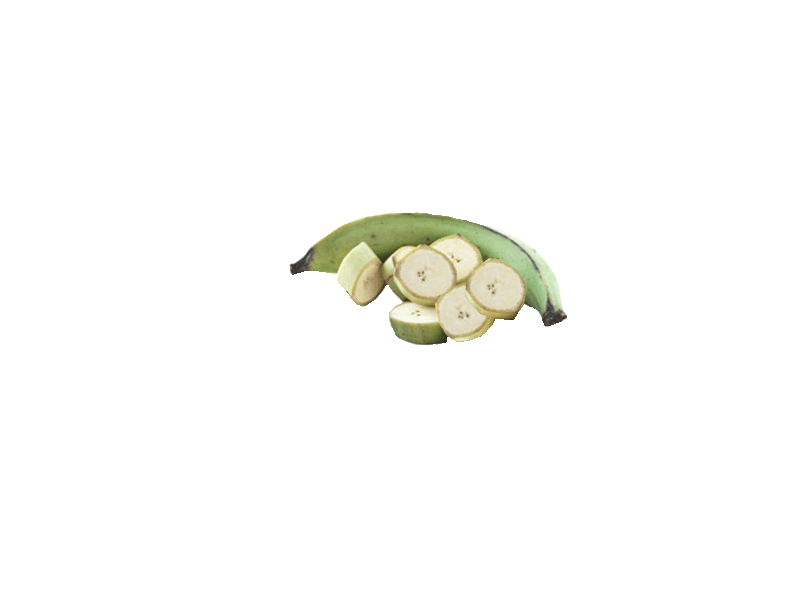
Plantain
Grown in the nutrient rich soils of South America, plantains contain more starch and less
sugar than dessert bananas and are therefore usually cooked or otherwise milled into flour
before beingeaten. Plantain is a cousin to the banana and usually onsidered a vegetable.
Plantains have been on the menu across the earth's tropical regions. Over history, plantain
can be traced to as early as 500 B.C. They're are a huge part of almost every diet and are
a main staple in many parts of the world. Although mostly unknown in the Northern hemispheres, including the USA, that is changing.
Transportation of the unripe plantain into the US and Canada has increased over this
pastdecade. The plantain flour is easily transported and has a shelf life of up to 1 year
making it a better solution for getting resistance starch, nutrients, and baking alternatives into
the diet.
POW! Flour will be the first to bring this nutrient dense baking alternative to supermarket
shelves
Farming
The farming process is much the same as harvesting bananas. Plantains fruit all year round,
which makes the crop a reliable all-season staple food, particularly in developing countries with inadequate food storage. The plantain trees fast growing process and long growing season make plantain a sustainable option. Plantain is grown in almost all tropical regions in the world. POW! Flour choose plantains grown in the rich mineral soils of South America.
Grown in a counrty that has always banned GMOs.
Milling the Flour
The flour is ground from the pulp of the raw plantain. Plantains are soaked in water, pealed,
then sent to the mill.




